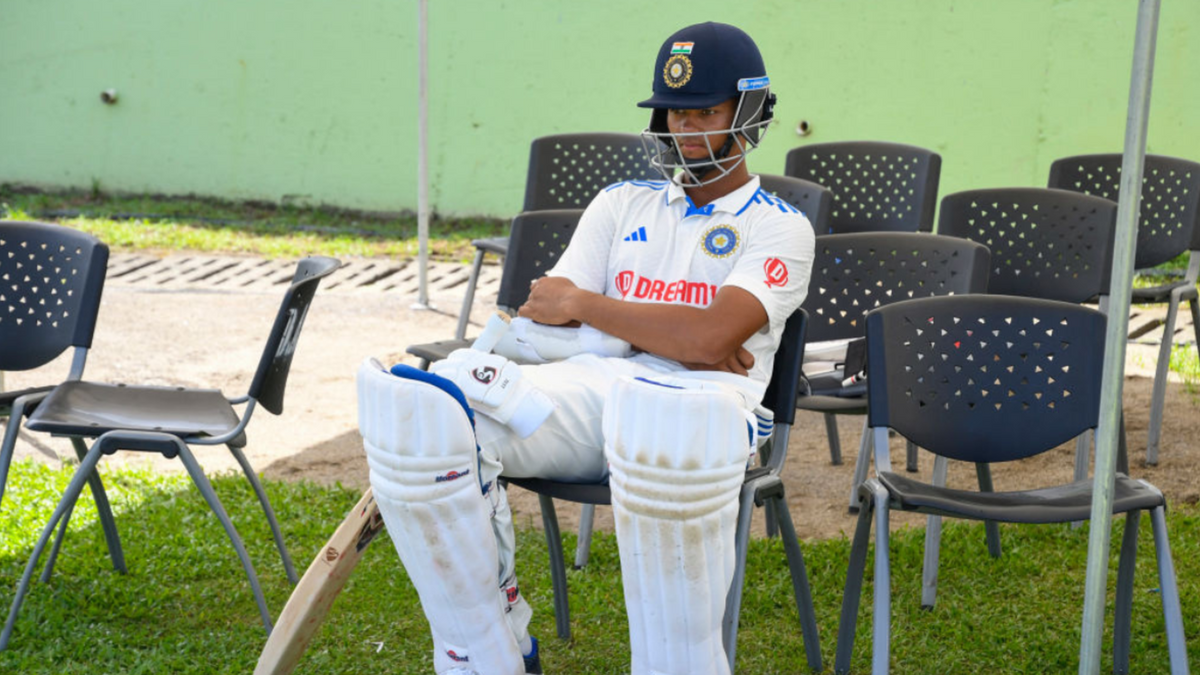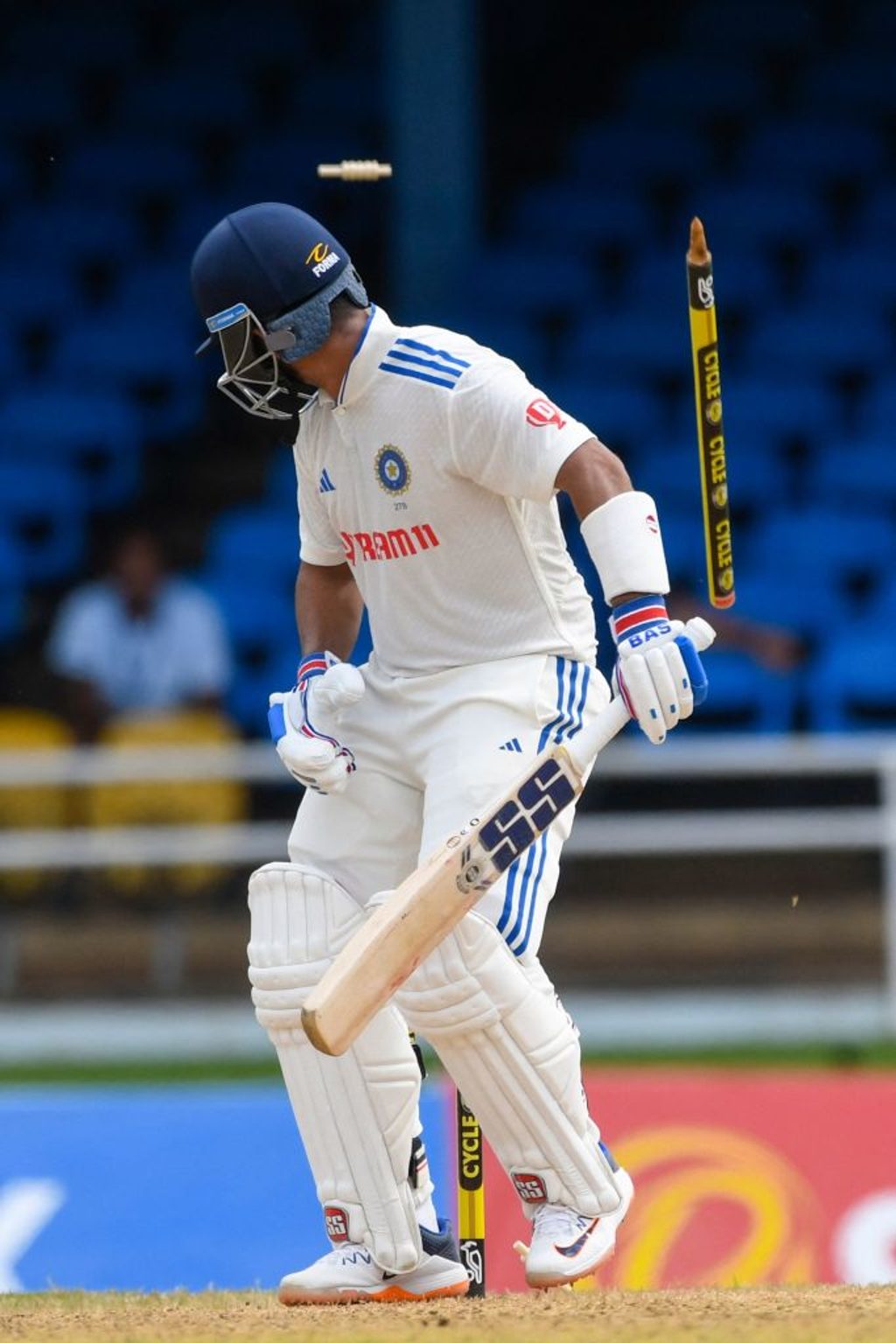
The Indian Test batting line up is set to bear a new look in the upcoming South Africa series. Naman Agarwal takes a look at the challenges that lie ahead for the younger Indian batters and what this series can mean for the Indian Test side in the long run.
Subscribe to the Wisden Cricket YouTube channel for post-match analysis, player interviews, and much more.
Change is the only constant in life – this is a universal truth that almost all know, but not many are comfortable accepting. Heading into the Boxing Day Test in Centurion, India will have to make peace with this fact whether they like it or not as they will be without two senior statesmen who, for a major part of the last decade, have either carried or have been carried by the Indian Test batting line up.
Over the last few years, India have occasionally flirted with the idea of dropping Cheteshwar Pujara and Ajinkya Rahane from the Test side. They have gone ahead and executed the idea a few times, or at least half of it as there have been several Tests in the last three years one of the two has sat out. But despite consistently dwindling returns, dropping both has been deemed a step too far, a change too uncomfortable, until now.
It started with the West Indies tour in July earlier this year, when Pujara was dropped and Shubman Gill began a new journey as a Test No.3. Ajinkya Rahane was part of that team, but there was a sense that one more failure would force the hands of even the change-averse Indian management to move on.
 Cheteshwar Pujara’s last Test was the 2023 WTC Final against Australia. [Photo by GLYN KIRK/AFP via Getty Images]The failure arrived. Rahane managed eleven runs in two innings against the West Indies. And now India are all set to start an away Test match without either Rahane or Pujara in the XI for the first time since the Adelaide Test in 2012, where Virat Kohli made his first Test hundred.
Cheteshwar Pujara’s last Test was the 2023 WTC Final against Australia. [Photo by GLYN KIRK/AFP via Getty Images]The failure arrived. Rahane managed eleven runs in two innings against the West Indies. And now India are all set to start an away Test match without either Rahane or Pujara in the XI for the first time since the Adelaide Test in 2012, where Virat Kohli made his first Test hundred.
Gill is expected to continue in the No.3 spot while Shreyas Iyer is the most likely candidate to slot in at No.5 in place of Rahane. Yashasvi Jaiswal, meanwhile, is set to continue as Rohit Sharma’s partner at the top, allowing Gill the space to try and make a new home for himself in Tests.
 Ajinkya Rahane has been dropped following his poor outing in the West Indies. [Photo by RANDY BROOKS/AFP via Getty Images]All three of these batters are at different stages of their international careers. Iyer, at 29, is the most experienced, having made his international debut in 2017 and has been in the best form of his ODI career this year. Gill, at 24, has been playing at the top level for more than four years now and is touted to be the next Indian batting superstar, while Jaiswal, the youngest and arguably the most versatile of the lot, has had a breakthrough year in 2023. Yet, there’s a similar degree of uncertainty regarding the Test careers of all three.
Ajinkya Rahane has been dropped following his poor outing in the West Indies. [Photo by RANDY BROOKS/AFP via Getty Images]All three of these batters are at different stages of their international careers. Iyer, at 29, is the most experienced, having made his international debut in 2017 and has been in the best form of his ODI career this year. Gill, at 24, has been playing at the top level for more than four years now and is touted to be the next Indian batting superstar, while Jaiswal, the youngest and arguably the most versatile of the lot, has had a breakthrough year in 2023. Yet, there’s a similar degree of uncertainty regarding the Test careers of all three.
Iyer has played nine out of his ten Test matches in the subcontinent, averaging 49 in those with five fifties and one hundred. Outside Asia, he has played just one Test: in Birmingham where he was infamously bounced out by a 39-year-old James Anderson. Iyer’s challenges against the short ball and his stoic defiance of their presence have been well documented. His fellow Mumbai batter whom he is likely to replace in the middle order, was known to like pace and bounce on the ball. The same can not be said with certainty for Iyer. And South Africa is a seam bowler’s paradise, offering seam, swing, pace, bounce variability, and every other kind of assistance known to make life difficult for batters.
If Iyer is able to adapt and overcome these challenges here in South Africa, India wouldn’t have to worry much about their Test No.5 for the next few years. If he isn’t, the musical chairs might be out, particularly ahead of overseas tours.
Gill, for all his talent and skill, averages 32 in Test cricket. Only three other Indian batters have played more Test matches while batting in the top three than Gill with a lower batting average. Ever since he made his Test debut in the 2020-21 Australia series, some have suggested that the middle order might be a more natural home for him in Test cricket. Opening to No.3 might not be a massive shift in terms of how a player needs to prepare and what he needs to do, but it is a shift closer to his prophesied middle-order home nonetheless, one that Gill made in the West Indies.
It’s safe to expect him to be a vastly different No.3 than the last two stalwarts that India have had in that position: Pujara and Rahul Dravid. The latter is now the coach of the India team and has seen Gill’s journey from close quarters since his Under-19 days. Notwithstanding the difference in style, if Gill is able to keep his own and provide India with a sense of security in this series anywhere close to what his current coach provided at No.3, it will take Gill a step closer to becoming the all-format beast that he has long been expected to become.
Jaiswal, who made his international debut in 2023 itself, started off with as big a bang as he could have, registering the third-highest score by an Indian on Test debut. Having graduated from the Mumbai school of batting and put up mountains of runs at all levels of cricket, Jaiswal has already shown that he belongs here. Opening the batting in South Africa against their tall quicks is as tough as it gets, however. Over the years in Test cricket, 18 Indians have opened the batting in Tests in South Africa. Only one among them has scored more than 100 runs at an average greater than 40 – Gautam Gambhir. He is set for an almighty challenge.
India’s Test tours of South Africa have always been memorable. From Kohli’s resignation as captain after the last one to Bumrah’s emergence as a Test spearhead during the one before that, there normally emerges a narrative that is remembered for years to come. This time, it will be about the long-awaited changing of the guard in the Indian batting order. If it turns out to be a smooth one, India can restart their journey to becoming the Test powerhouse that they were in the second half of the 2010s. If it doesn’t, the long list of teams stumbling during periods of transition in Test cricket will get a new entry.








